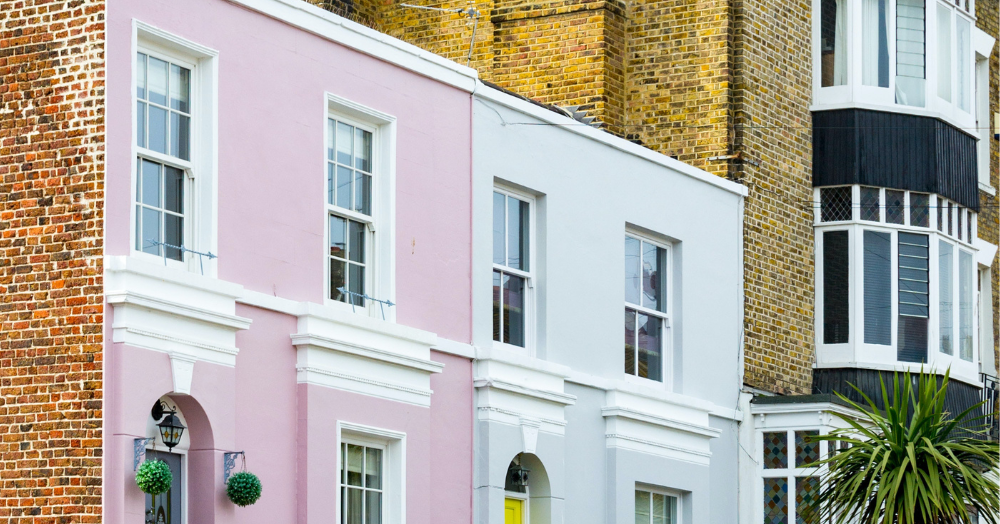Don't shy away from buying a listed property - they have a wealth of history and secrets, and they hold their value!
Here in the UK, we love a period property.
Crisp-white terraces of Georgian townhouses or quirky stone-built cottages with uneven walls and cosy low ceilings.
Our country is old, and we have a lot of history. Many of our homes have survived centuries through world wars, freak weather conditions, feasts and famine. We've been through a lot as a nation, and the architecture has seen it all.
One of the reasons we have such a rich heritage, and buildings that reflect these tales, is because we protect them.
Without listed building status, a homeowner is free to rebuild and refurbish a property however they want. This could mean that all that lovely rich history could be wiped out with a single swing of a sledgehammer.
Our historical properties are part of what makes our country so British. It's essential to protect this history for as long as possible.
Because of our love of older properties and period features, a listed property can have a higher value than an unlisted one.
Whenever a property comes onto the market with a rich and intriguing history, the story plays a big part in the interest that it gains. It's written about in the brochure and discussed on the viewings. It may have a blue plaque to confirm that it was once home to someone important or maybe even that there is a secret door or passage hidden away somewhere. The story is always shared and passed on from seller to buyer.
These quirky features are what sets an older home apart from a modern property. And if those features are special enough, there'll most likely be listed protection to preserve them.
What is a listed property?
A listed property is formally registered as having some historical significance that needs to be preserved. This could be the plasterwork on the ceilings or the staircase. If the property has historical importance, it will likely be listed.
Types of listing
There are 3 types of listing, Grade 2, Grade 1 or Grade 1*, with each having varying degrees of flexibility.
Grade 1* listing is the most stringent of the listing types. It will prevent you from changing wallpaper or tiles internally without seeking permission, as well as external protection so that the entirety of the property is protected.
Grade 2 listing usually relates to protection for the property's outward appearance. Still, unless expressly stated, the interior is OK to do as you please.
And Grade 1 listing sits somewhere in between.
There is even a Curtledge listing, which means that whilst the whole property is not necessarily listed, a portion of the land, building or plot is. As a result, the entirety of the curtledge of the property is listed.
How does it gain listed status?
A watch list identifies properties that may be considered important soon. These are not yet subject to listed status, but the local authority would be alerted to your property being historically important if you applied for planning permission to make alterations.
Good thing?
Living in a historic property can be wonderful, and the listed status certainly isn't bad. But if you dream of fully renovating a home, perhaps a listed home isn't for you, as it will curtail your plans somewhat.
How does it impact the owner?
There are no specific restrictions on your day-to-day life within the property. The limitation only applies to alterations made. It isn't to say that you cannot make changes; it simply means that you must get permission first. The listing status simply acts as an alert to the planning departments and a reminder to the owner that you must double-check before you start making renovation plans.
It's similar to living in a National Park or conservation area - you must check with the authorities before making any changes to protect and preserve the historically significant features.
How does it impact value?
Because of our love of all things period, be that period dramas or period homes, most would agree that a listed building is worth more than a comparable unlisted one. Particularly if the history of the property is fascinating.
In conclusion, if you like historical properties and features, you may well find that you have to pay a little more for them than your average family home. But, it will be worth it as an investment, both to your pocket and for the lifestyle you'll be able to live there!
Do you live in a listed building? We'd love to hear the story behind your home - get in touch to tell us all about it.

